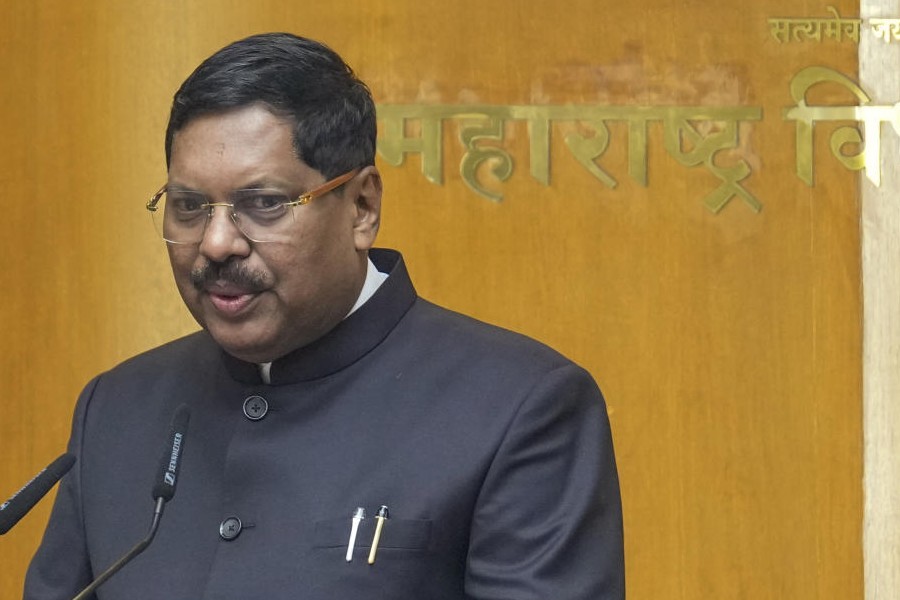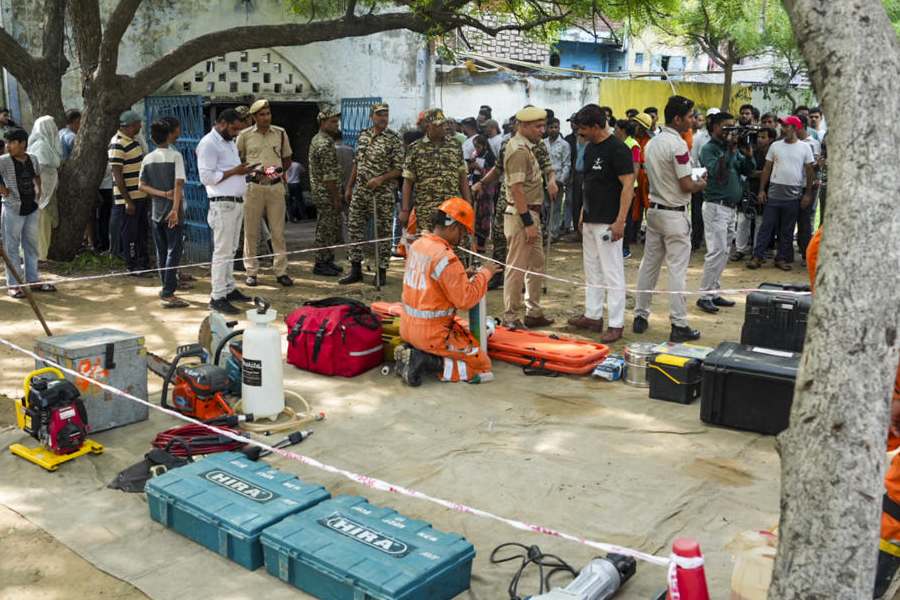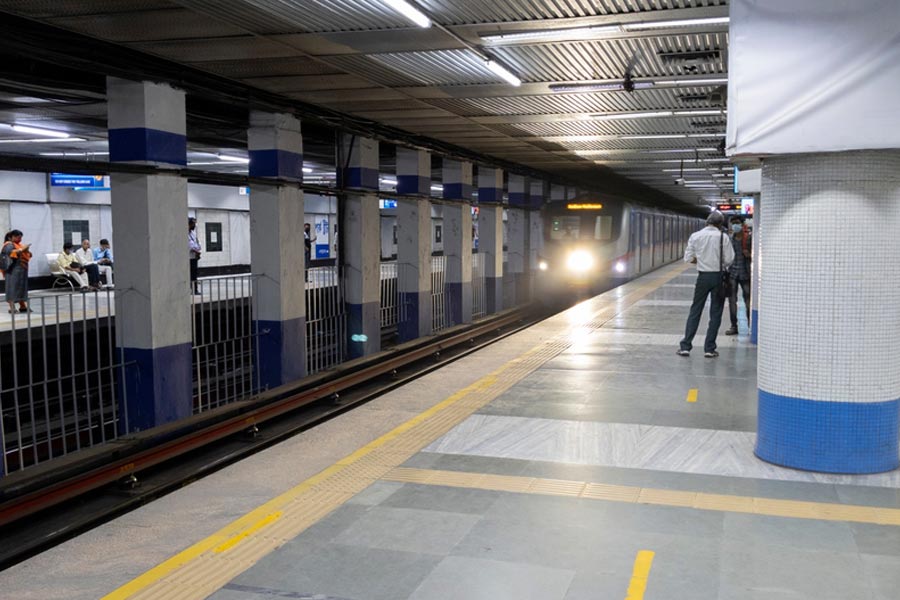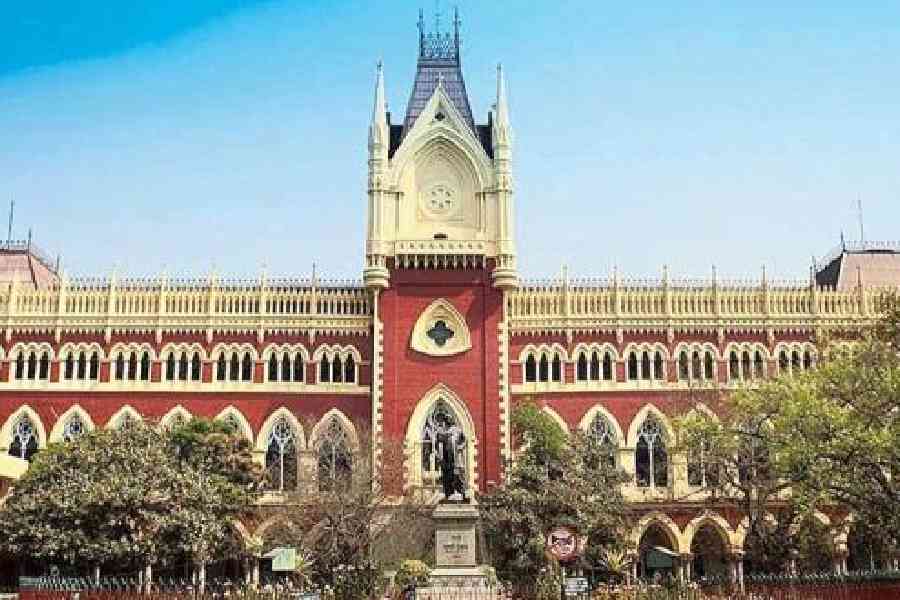|
|
Income distribution is an implicit baseline of political discourse in India. Till 1991, the government tried to reduce inequality by levying expropriatory direct taxes. All it succeeded in doing was to drive riches underground; black money became the path to riches. Socialism failed not only to level income distribution, it also failed to achieve sustainable growth. It collapsed comprehensively in 1991. A number of its basic policies, including high income taxes, industrial controls and trade restrictions, were dismantled in 1991. For a while, the egalitarian rhetoric disappeared from public discourse. The present government has tried to bring it back. Aam admi was the subject of its electoral campaign. The prime minister has repeatedly pleaded for inclusive growth, implying thereby that some — obviously the poor — were being excluded from it. If they were, inequality must increase.
If we compare India with the rest of the world, its income inequality turns out to be average. There is an easy measure of inequality. First draw a graph of the cumulative proportion of population against the proportion of its income. If everyone had the same income, cumulative income would be exactly proportional to cumulative population, and the graph would be a 45-degree straight line. The more unequal the income distribution, the more will the line — called the Lorenz curve — diverge from the 45-degree line. Measure the area between the Lorenz curve and the 45-degree line and divide it by the area under the 45-degree line, and you get the Gini coefficient, which measures inequality. If, for example, the entire income of a population went to a single king, the Lorenz curve would coincide with the x- and the y-axis; the Gini coefficient would be equal to 1. Gini coefficients generally exceed 0.5 in African countries, and fall between 0.4 and 0.5 in Latin America and below 0.3 in Europe. India’s Gini coefficient varies in the range of 0.3-0.35; its income distribution is less equal than in Europe, but more equal than in developing countries. China’s, incidentally, is around 0.4 — more unequal than India’s.
National Gini coefficients have been known for long. But for the first time, Gini coefficients have been calculated for various occupational classes in India by Vamsi Vakulabharanam and published in The Economic and Political Weekly of July 17. Since it began the National Sample Survey in the 1950s, the government has never asked people what their income is. This is because for people who do not get a regular salary and those who get some of their income in kind (for instance, the produce of their farms) income is difficult to calculate, and it is not done. So the government asks them to enumerate in detail how much they consume; it is from their total consumption that Vamsi has calculated Gini coefficients. Consumption figures exclude savings, and since the rich save more, incomes are more unequally distributed than consumption; in other words, Gini coefficients calculated from consumption understate income inequality. Vamsi has made detailed calculations to decompose the contribution of various factors to inequality. But his figures tell another story that interests me more.
Some people are poor because their ability to do remunerative work is limited; widows, orphans and old people without relatives to support them, for example. But in India, their proportion is small. The rest of the people live in families with some means of support. There may be people who do not get enough to eat, but hardly anyone starves. So all those people must be earning enough to eat and get on with their lives — they must be getting a subsistence wage. This wage is the minimum people must be earning. How much might it be? The poorest people are agricultural labourers; their per capita monthly consumption in 2004-05 was Rs 354 per month. They were 19 per cent of the population; I take them as the poor that the prime minister and other politicians talk about.
Just above these poor people are small and marginal farmers. There is little difference between the two; their consumption per head was Rs 459 and Rs 451 respectively. In other words, they were about a third better off than landless workers. They have the choice of working on other people’s farms. But if it is more remunerative, they can use their labour on their own little plot; and they can work on it when other work is not available. This does not make a big difference, but is nevertheless significant. A rich farmer’s family consumes Rs 601 per head — two-thirds more than an agricultural worker’s family. All the people with land come to 30 per cent of the population. In spite of the rise in population and division of farms, those who have some land still exceed those who have not.
However, even the richest farmers are not at the top of the food chain in the village. The richest villagers are professionals (Rs 928) and moneylenders (Rs 999). I guess professionals means government servants, tractor drivers, letter writers and so on. Moneylenders are the richest villagers, but there are very few of them — 0.01 per cent of the total population. The stigma attracted by moneylending has led most moneylenders to become professionals.
In towns, the least skilled workers — rickshaw-pullers or watchmen — consume Rs 537 per head in industry and Rs 648 in services. That puts them in the class of small farmers, but they are probably worse off because prices in towns would be higher. But an agricultural worker would probably better himself by migrating to towns. More important, towns can use skills; a skilled worker can consume Rs 721 per head if he is in manufacturing, and Rs 1055 if he is in services. If he becomes a professional, his consumption goes up to Rs 1247. That is higher than an informal owner/manager’s (Rs 982); even a formal owner/manager consumes no more than Rs 1490.
These figures explain the craze for education in India, where you find training institutes at every street corner: the returns to professional education are extremely high. They also show the effect of the profusion of enterprise; there is keen competition in shopkeeping and hustling, which do not pay all that well. And they explain India’s slow urbanization; an unskilled worker can improve his condition by migrating to a town, but not all that much.
They also explain the attention that India’s middle class draws all the world over. Only eight per cent consume more than three times the agricultural worker; their consumption is probably 30-35 per cent of the total. Another 11 per cent consume between two and three times the agricultural worker, and some 25-30 per cent of the total. They spend little today on discretionary goods, let alone luxuries; but all additions to their expenditure will go to such goods. That is why there is such a rush, within the country and from outside, to sell hardly necessary goods and services — clothes, shoes, watches, television sets and so on. The market is highly fragmented and competitive, and most of the suppliers are probably barely breaking even. But they are so thrilled by the promise of the market that they simply cannot let go.












